Scientific publications
Below is a list of common denominators for scientific publications:
- They are produced by researchers within a field of research.
- They communicate scientific results from a study.
- They are often peer reviewed by others within the same field.
- They are published in scientific channels, usually journals, published by publishers specialised in scientific publications (usually, but not always).
- Articles usually have a specific structure, IMRaD.
On the page Examining and assessing publications you will get advice that will help you to be critical of sources and help you assess what you are reading.
-
Generally, scientific articles are the most dominant form of scientific publication, even if this varies between different fields.
Film: Scientific articles (03:17) produced by Linnaeus University Library
On the page Examining and assessing publications you can read more about how to assess articles.
There are different types of scientific articles, here we present some of the most common.
Original articles
Original articles, research articles, empirical articles and research papers are empirical studies showing the results of new research for the first time.
Review articles
Review articles do not show the results of a study of their own. A review article describes, analyses, summarises, and assesses published research within a limited field of research. There are various types of review articles with a varying degree of systematic searches, for example, a literature review, a systematic review, scoping review, meta synthesis or meta analysis. A systematic review is a comprehensive survey based on a precisely formulated protocol.
Theoretical articles
Theoretical articles discuss and develop theories within a subject. These are, however, not as common as original articles and review articles.
Versions of articles
Different versions of articles exist, because they can be made available online at different periods of time in the publication process. There are several different labels for this depending on where in the process the article happens to be. Furthermore, different journals sometimes use different names for the same type of material.
Preprint
Preprints are articles that have not yet been peer reviewed (reviewed by subject experts). Another name is author original manuscript.
Postprint
Postprints are articles that have been peer reviewed but have not yet been given their graphic form. Sometimes they can be called author manuscripts, accepted articles, or accelerated article preview.
Published ahead of print
Published ahead of print are articles that have been peer reviewed, they have been given their graphic form and they have been published on the web but the journal issue in which the article will be published has not yet been decided. They can also be called, for example, EarlyCite articles, article in progress, article in press, online ahead of print, early view and online first.
-
There are various types of conference proceedings, such as papers, abstracts, and posters. The common denominator is that they are all presented at a conference. Frequently, the papers presented at the conference are published in a collection publication, so-called proceedings. Not all conferences have a peer review process, which influences the conference papers’ scientific quality.
Conference proceedings can also vary in their impact within different fields of research. In areas where the rate of publication is high, computer science, for example, conference publications are one of the most important ways to disseminate research findings.
Film: Conference publication (01:40) produced by Linnaeus University Library
-
A thesis is a scientific work that is produced within a doctoral programme. There are two types of theses, doctoral theses and licentiate theses. A thesis is usually published in the form of a book.
Film: Dissertation (01:40) produced by Linnaeus University Library
-
In contrast to other scientific material, a research report or scientific report is usually not reviewed by other researchers before it is published. Usually, reports are published in a report series from various university colleges and universities. Sometimes they are produced to form a basis for decisions by various official agencies.
Film: Scientific report (01:33) produced by Linnaeus University Library
-
Academic non-fiction (a type of book) differs within various subject areas. For example, within the humanities and law, it is more common for researchers to present their research either as a book or as a chapter in a book, in a so-called anthology. An anthology has chapters written by various researchers and an editor who compiles the chapters. This entails that an anthology is often thought to have greater impact as a source compared to a book by one single author, as the contributions have been reviewed by the editor. Academic non-fiction contains scientific investigations, research surveys or theoretical perspectives.
Other types of publications
There are many publications that can be relevant to use, without being scientific. Depending on the assignment, there can be demands on various types of publications that are fine to use and some which are not. Below is a description of some different types of publications and what is good to know about them.
